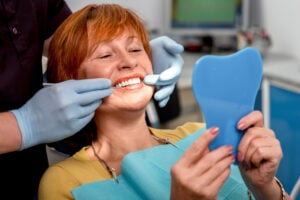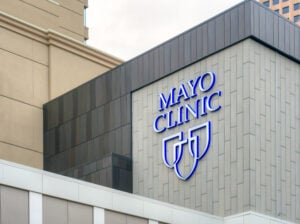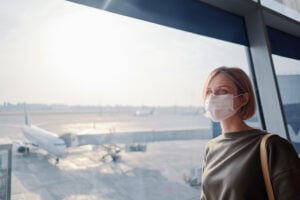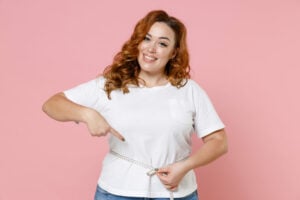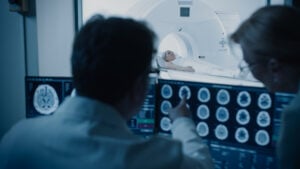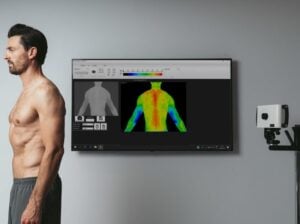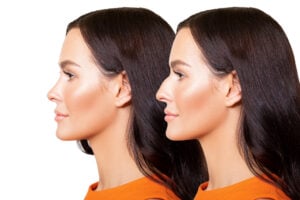Even if you don’t suffer from them, you are probably familiar with the medical term ‘varicose veins.’ You may also have heard of spider veins. Some people assume these are the same thing, but actually, they are quite different. They do not look the same and are caused by different imbalances in the body.
Varicose veins have a ropey appearance and protrude outwards from the skin. They are usually caused by one-way valves not working correctly. On the other hand, spider veins are thin blue blood vessels under the skin that are barely visible. They are the result of poor circulation which can, in turn, lead to varicose veins. Some people have both varicose veins and spider veins.
Although varicose veins do not cause pain (unless your body is hot, as in summer), they can make your legs feel tired when walking. If left untreated, they can lead to blood clots and general swelling of the legs. So, if your legs ache when you head for bed at night or after even a short walk, then it could be time to contact your GP.
There are lots of myths surrounding varicose veins and spider veins – especially around their formation and treatment. But these are the important facts.
1. Heat makes them more painful
Varicose veins and spider veins are not usually painful, though some people complain of discomfort. However, when the temperature rises, our veins dilate to cool the body down. This is when varicose veins can become painful as they swell. The body’s reaction can also cause swelling of the ankles.
2. Pregnancy can cause them
Pregnancy can also lead to varicose veins. For example, the fetus sometimes exerts pressure on the central vein known as the inferior vena cava, restricting blood flow from the lower half of the body. In some cases, the fetus can almost completely restrict the blood flow. Also, sometimes pregnancy hormones cause muscles in the veins to relax so that the veins store more blood and dilate.
3. They can be hereditary
Even if your parents don’t have varicose veins, you could suffer from them. Your grandparents or great-grandparents might have had to deal with them. They can be hereditary, but at the same time, like many medical conditions, they can skip generations of the same family.
4. Hot tubs can make varicose veins worse
Immersing yourself in any form of hot water, particularly soaking in the bath for a length of time, can cause the veins to swell and pool, slowing down the blood circulation and resulting in pain.
5. Wearing high heels does not cause them
High heels are not a problem. But standing around – whether in high heels or flat shoes – is bad for circulation. Similarly, sitting down for hours every day can also lead to varicose veins.
Discover Health Tourism Worldwide
6. Witch hazel can help relieve pain
Witch hazel is a simple over-the-counter remedy that can ease pain in veins due to its astringent nature. This makes it a vasoconstrictor, where it can shrink and tighten veins. It is best to keep it in the fridge and use it as a compress, dipping a small towel in the chilled liquid and pressing the towel against the leg. Use regularly for several weeks for best results.
7. Varicose vein laser treatment can help
Since no general anaesthetic is necessary, laser treatment can be performed in a clinic or even in an office by a vascular physician. No cutting is required, so there are no scars. Better still, the treatment can often be covered by private medical insurance.
8. Losing weight makes varicose veins less likely
Being overweight puts pressure on the veins, causing the blood to pool and the veins to bulge. This constricts the flow of blood upwards towards the heart, resulting in further problems over time.
9. Exercise can help prevent them
Any exercise that boosts the body’s blood circulation can help prevent varicose veins and spider veins. That includes exercise as simple and natural as swimming, walking and cycling. A straightforward and effective exercise is to stand on the balls of the foot then lower yourself. Do this repeatedly to strengthen calf muscles.
10. Pressure stockings can help
Pressure stockings similar to those worn on flights to help prevent thrombosis, can improve blood circulation and reduce pain in the heat. The stockings can be obtained on prescription and can be thigh-high or knee-high.
Men can get varicose veins and spider veins too. Although these problems arise most often in older women, men may also suffer from poor circulation. This is most likely to affect men who are overweight or who sit or stand for long periods without a break.

